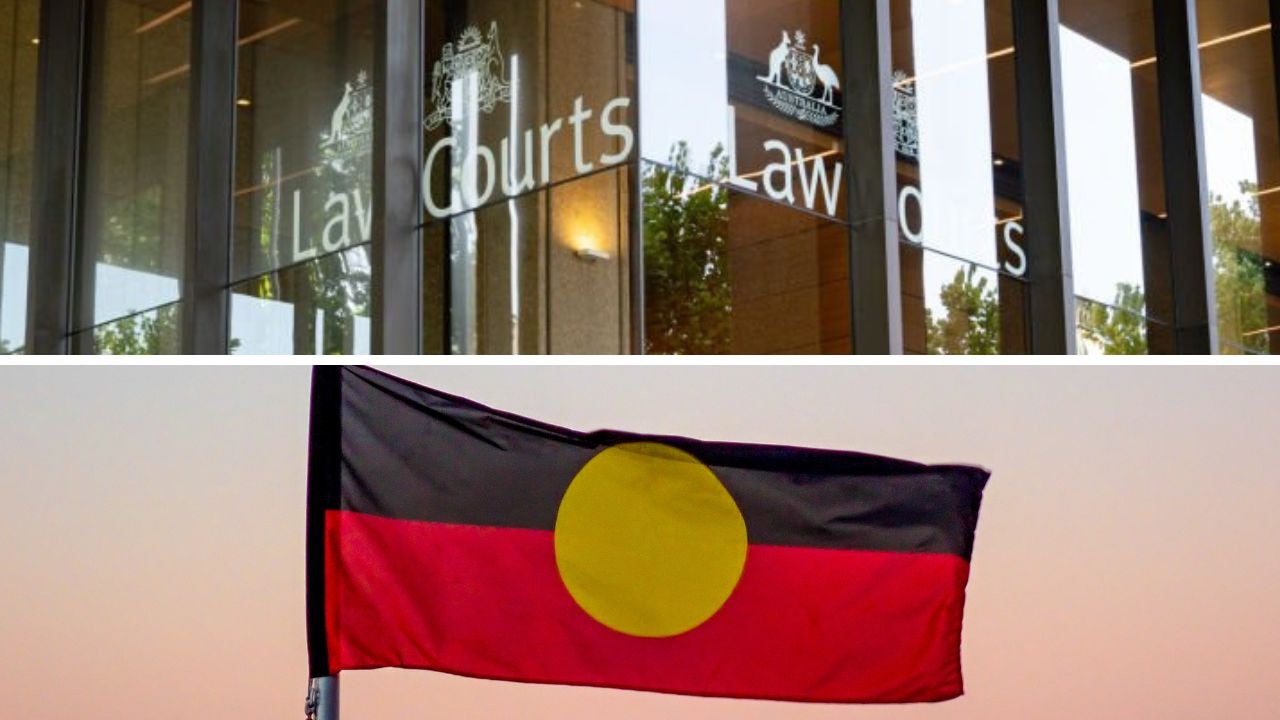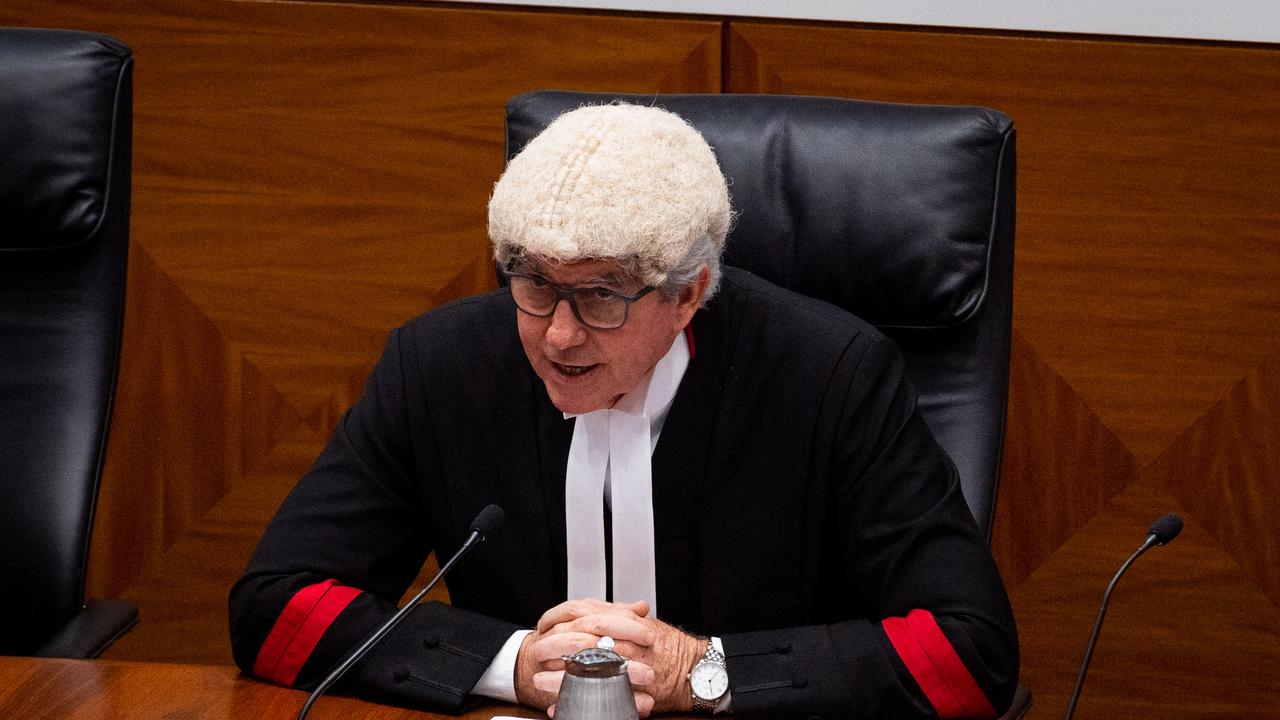Reviving culture, and other burning issues
For millennia, Tasmania’s wild landscapes were shaped by Aboriginal burning. Now these ancient fire practices have returned, with cultural, ecological and fuel reduction benefits.

For millennia, Tasmania’s wild landscapes were shaped by Aboriginal burning; a fundamental relationship between land and man severed more than 200 years ago with the dislocation of a race.
However, these ancient fire practices have returned, with the first cultural burn of a new program to reintroduce them to Tasmania’s parks and reserves.
“That reconnection with our ancestors is exceptionally important,” says Jason Williams, an Indigenous former policeman and volunteer firefighter heading Tasmania Parks and Wildlife Service’s new Aboriginal Cultural Burning Project.
“There’s always been a spiritual connection with our ancestors but this adds another layer. We’ve always had our traditional fishing and mutton-birding, but burning is a new component.
“The one thing that gets everyone excited and seems to connect everyone (in the Tasmanian Aboriginal community) is the opportunity to do burning and practice what their ancestors did hundreds of years ago.”
Mr Williams, who works with two new Aboriginal fire rangers, said the first cultural burn, on Thursday and Friday last week in buttongrass at Dempster Plains, in the remove northwest, had been a success.
“It is a giant step forward,” he said. “Parks and Wildlife manages more than 50 per cent of the state and for them to have the confidence to not only implement a cultural burning policy but to put it into practice takes great courage. Hopefully, this will prove it is a safe and good way of burning and hopefully it will form part of the burning regime going forward.
“Ultimately, we want to be able to take elders and community members on to the fire ground to observe or to be participants.”
While traditionally aimed at generating new growth to attract marsupials to hunting grounds, modern burning has a cultural, ecological and fuel-reduction focus.
“This not the panacea that’s going to stop wild fires, but it is a small piece of the puzzle,” Mr Williams said.
“And the evidence from other burns suggests it is also really good for the local fauna and flora. It regenerates the flora and helps with weed eradication.
“It’s a low-risk cool burn that goes slowly and self-extinguishes with the dew overnight.”
Aboriginal fire ranger Luke Press, 20, hoped cultural burning would become more common. “It’s going to connect more people back to country, we can get the community involved and it could create more jobs,” Mr Press said.
The program is part of a resurgence of Aboriginal culture in Tasmania, where the Indigenous community often battles a lingering, false perception the race “died out” in the aftermath of the Black Wars of the 1820s and 30s.
As well as its own cultural burning program, Parks and Wildlife has a $100,000 pilot grants program to assist Aboriginal groups with planning, training and resourcing to conduct their own burns.
Aboriginal Heritage Tasmania has worked closely with Parks and Wildlife on its program and sees great potential. “Cultural burning was a part of Aboriginal lifestyle, an interconnection between family and land,” said AHT director Steve Gall.
“It was one of the first big human impacts on Tasmania 40,000 years ago.”






To join the conversation, please log in. Don't have an account? Register
Join the conversation, you are commenting as Logout